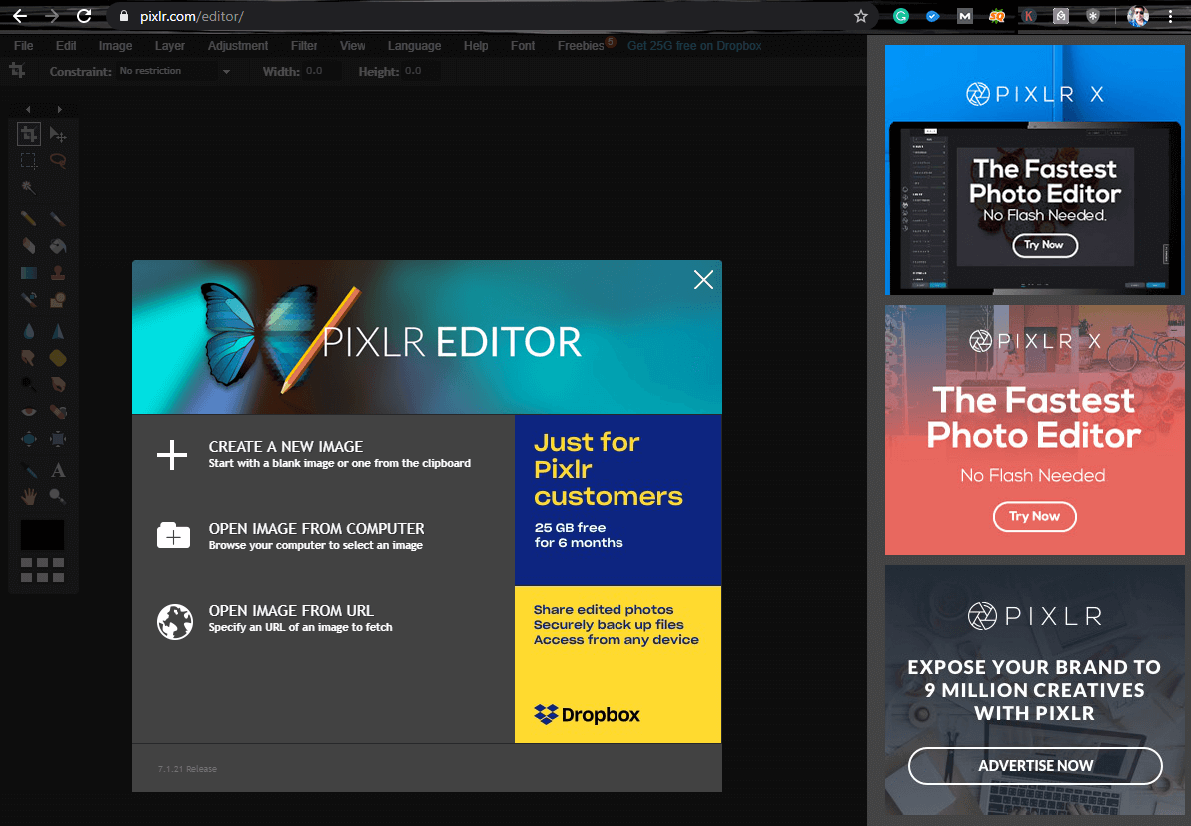
You simply choose a different language from a menu, and the UI is updated automatically. Images are saved on your computer, so you don’t need to rely on any web storage service (or cookies-based session saving like Pixlr X).Īnother nice touch is the ability to change the UI language on the fly. The application lets you save in JPG, PNG, BMP, TIFF or its native PXD (Layered Pixlr Image) formats.

Although desktop applications like Photoshop may be more advanced and include more features, Pixlr Editor tries to offer everything you need for your photo editing and digital painting needs. Tools also include brush, eraser, fill, smudge, pencil, clone, selection masks, etc. The tools are pretty much the same you find in Photoshop, so they will all be familiar to you. Color correction tools are also available. There aren’t obviously as many filters as Photoshop, but you should find these really useful. You can choose among various filters, like blur, noise, pixelate, emboss, etc. Pixlr Editor also allows you to apply filters to your layers. What’s nice about this is that you can use your own fonts (meaning the fonts you have installed on your computer). When you create a text layer, you are shown a text box where you enter the text, and you set all the different options (like font, text size, alignment). You can also add layer styles to your layer, allowing you to add drop shadow, glow, or bevel effects (and you are actually shown a preview as you adjust the settings).

I really liked this since I use those a lot to get various looks as part of my color correction process. This also means you can use different blend modes on your layers to get various results. As you can guess, from my Photoshop comparison, you can have multiple layers in Pixlr Editor.


 0 kommentar(er)
0 kommentar(er)
